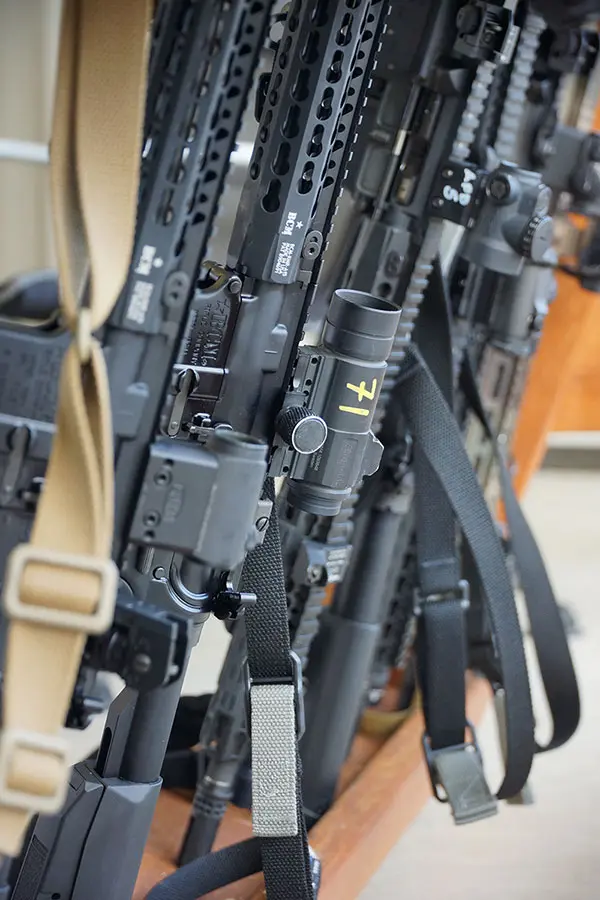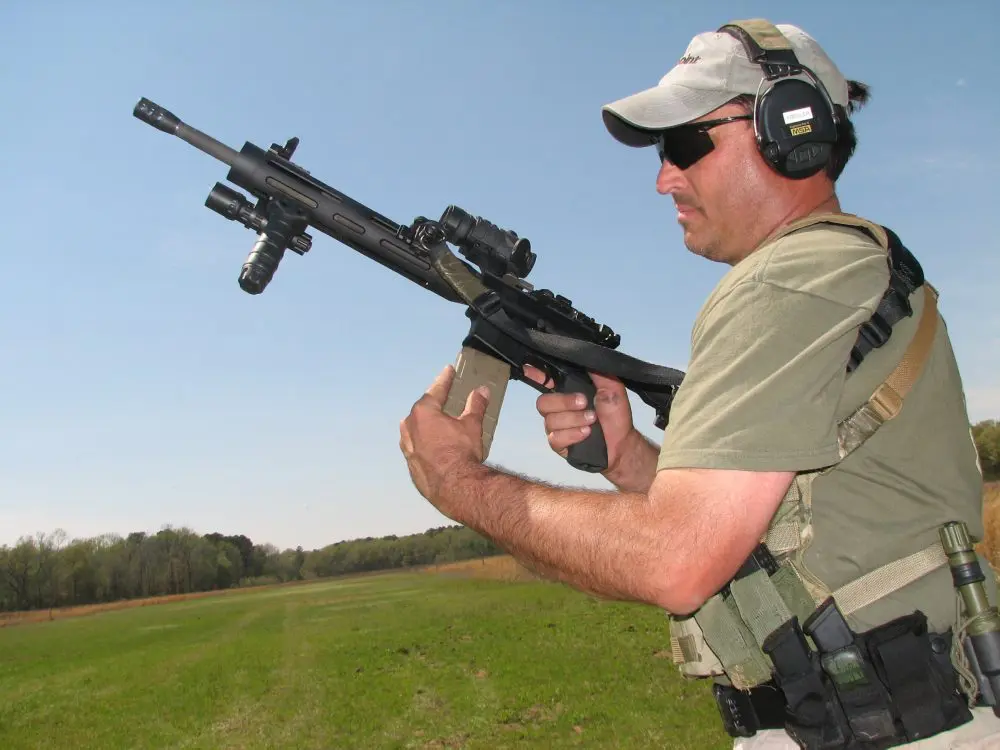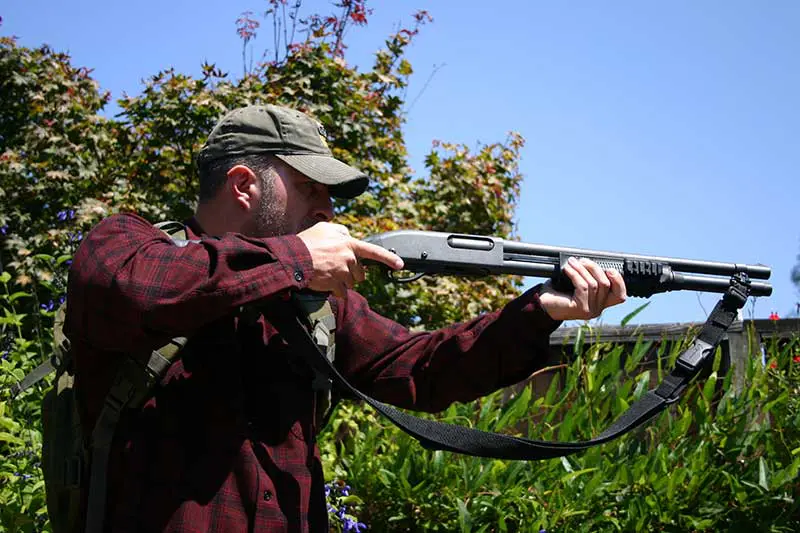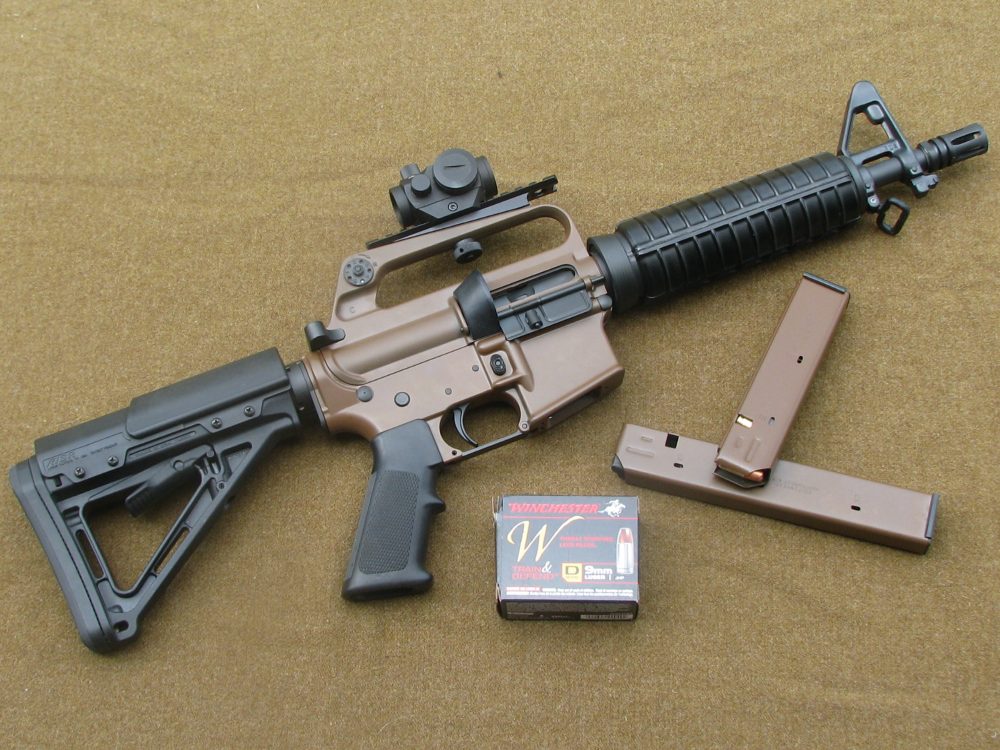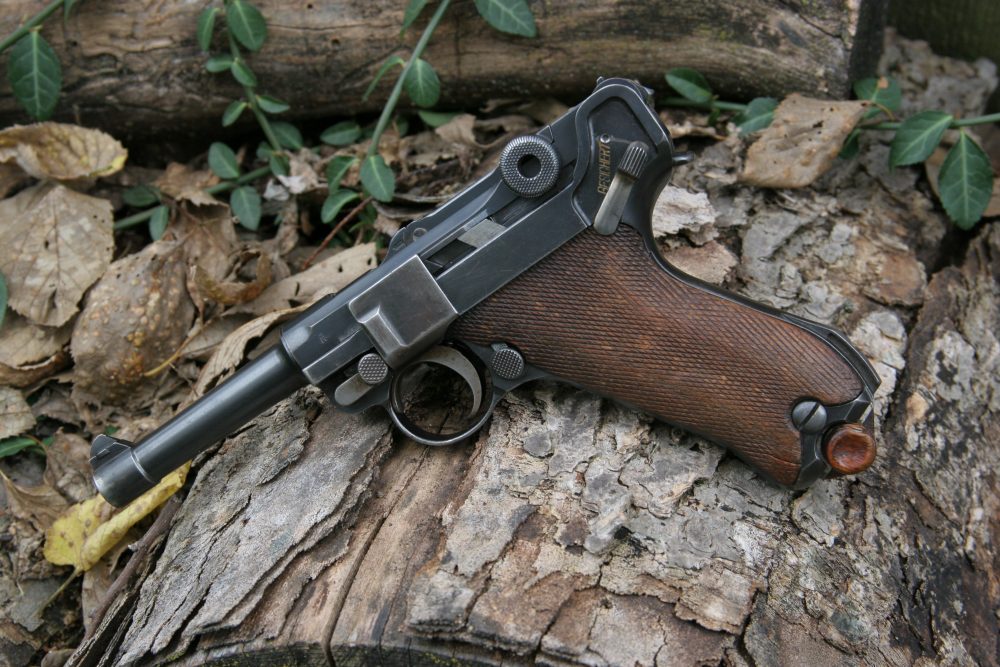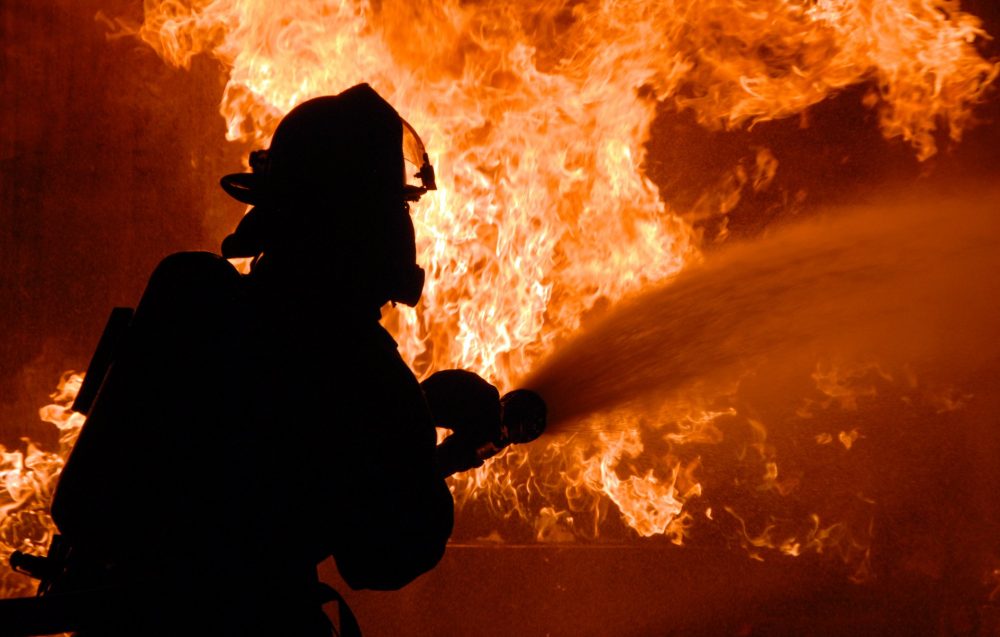
Tactical officers are regularly exposed to a variety of potential fire/flash hazards, whether it be from the deployment of flash sound diversionary devices or other pyrotechnic munitions, raiding meth labs, explosive or thermal breaching, or the increasing risk from IEDs. The most serious burns are often not caused by the original hazard but are secondary to clothing igniting.
In the event of a flash fire, flame-resistant (FR) clothing reduces the severity of burn injuries, provides additional escape time, and significantly increases the chances of survival. It can literally mean the difference between life and death. Often a survivable injury becomes life threatening because after the initial incident is over, the clothing continues to burn, melt, or smolder.
FR clothing should be thought of as a form of insurance, like other protective gear such as body armor and ballistic helmets. The need is not just limited to tactical officers. A very strong case can be made for the issuance of FR uniforms to all first responders.
Tactical officers commonly use non-FR treated fabrics such as cotton and polyester as base layers. These fabrics can be very dangerous in the event of a fire. Untreated cotton is the most flammable of all natural and synthetic fibers and can result in severe burns. While polyester resists ignition, once ignited it melts into a hot, dripping, sticky magma-like substance that adheres to the body, making treatment of the burn injury nearly impossible.
When flammable natural and synthetic fibers are combined, the hazard may actually increase due to a high rate of burning and melting. Polyester-cotton is an example of this, making it a poor choice, but this is not the case with nylon-cotton.
Cordura? nylon cotton (NYCO) has a higher ignition resistance than untreated 100% cotton or poly-cotton when tested on vertical flame or Thermal Protective Performance. Although a better choice than untreated cotton or poly cotton, NYCO fabrics have no inherent flame-resistant properties and do melt and drip when exposed to high heat. They can cause serious burn injury if the wearer is exposed to flame or IEDs.
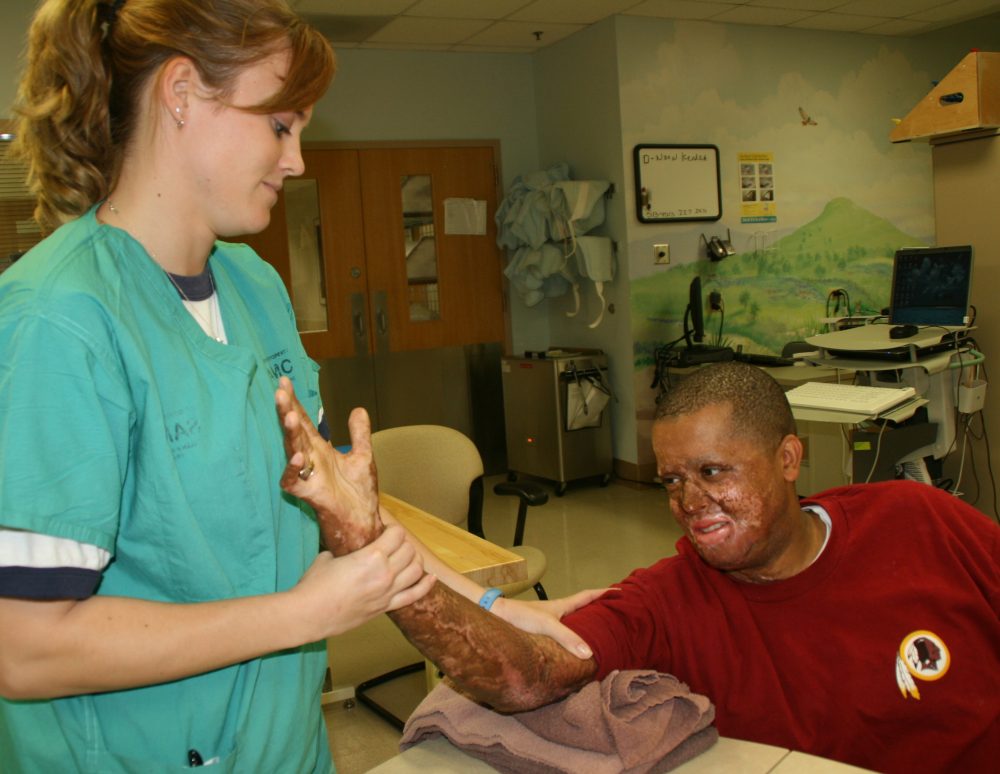
Table of Contents
FLAME-RESISTANT FABRICS
FR fabrics help keep you safe should you find yourself near an unexpected fire or explosion. Many garments on the market claim to be flame resistant and offer varying degrees of protection. The level of protection required depends on the application. There is generally a tradeoff between the level of protection and comfort.
There are two basic ways to make a garment flame resistant. The first is to treat a non-FR fabric with fire-retardant chemicals. The second is to use a fabric with inherent flame resistance.
Using a FR-treated fabric offers some protection, but the protection may wash out or wear out over time, leaving you with a garment that is less protective. Continual replacement of the garment is necessary to maintain its protective capabilities.
FR clothing with flame resistance inherent to the garment is a far better option. Although it may cost more initially, it will be less costly over time. Plus its protective qualities are permanent. They won’t wash out or wear out.
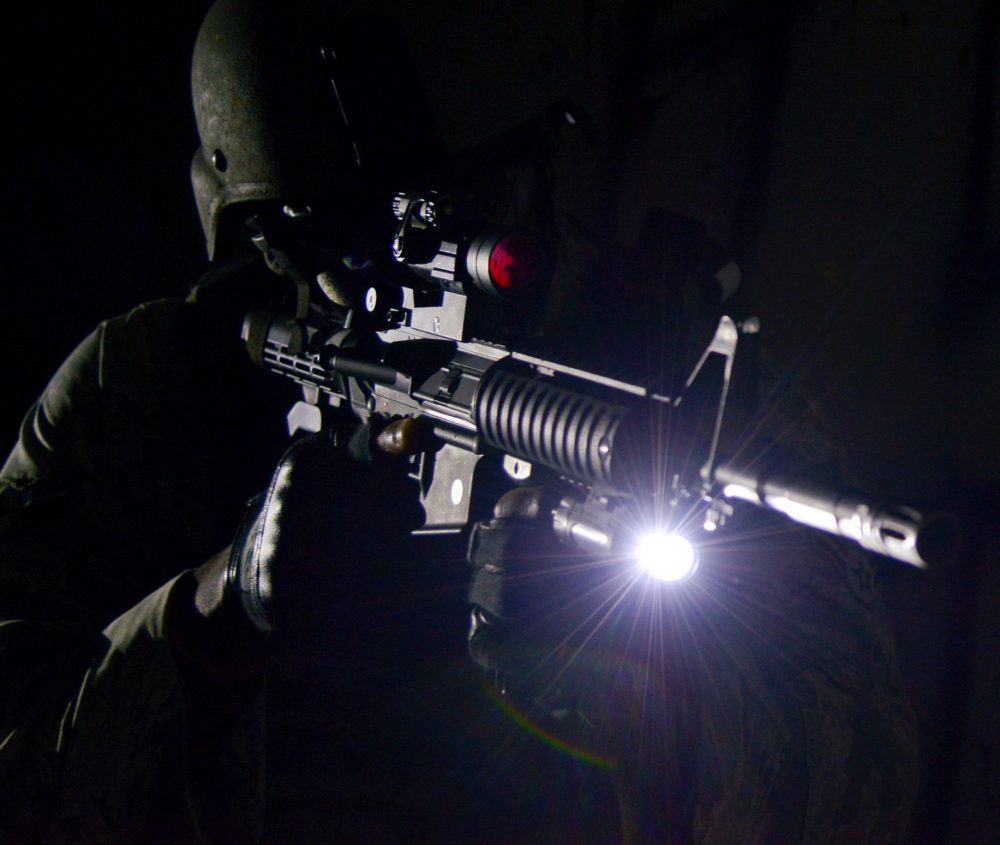
MOISTURE MANAGEMENT
While flame resistance is important in tactical clothing, so is moisture management technology. You want flame protection without unnecessarily increasing heat stress, which reduces your performance and safety. You want safe and comfortable garments that will help keep you cool and dry. You want a moisture-wicking fabric, because it is designed to pull moisture away from the skin. The fabric moves moisture from wet areas to dry areas using a process called capillary action. The fabric draws sweat and perspiration off of the skin and out to the exterior of the fabric, where it evaporates, keeping you dry.
It is easier for moisture to evaporate on the surface of the fabric than when it is trapped between the garment and the skin. Advanced moisture-wicking fabrics are a combination of hydrophilic (water absorbing) and hydrophobic (water repelling) fibers to provide optimal moisture absorption and drying capabilities.
Lack of fire resistance aside, a regular cotton garment touching your skin absorbs your perspiration like a sponge. Cotton does not wick away water and is slow to dry. Cotton/polyester blends are a little better when it comes to comfort, but not much. They do not insulate when wet and can lead to hypothermia in cooler weather. Wet garments can also bunch, chafe, and irritate, especially under heavy armor.
Many teams have traditionally gone to Nomex? flight suits when an FR uniform was deemed desirable. Although this is still a popular option, today a number of FR uniform options are designed specifically for the tactical officer. The two major manufacturers are Propper International and DRIFIRE.
Both companies utilize permanent FR fabrics. This is not a product review per se. The information on the various companies and products was provided by the manufacturers.
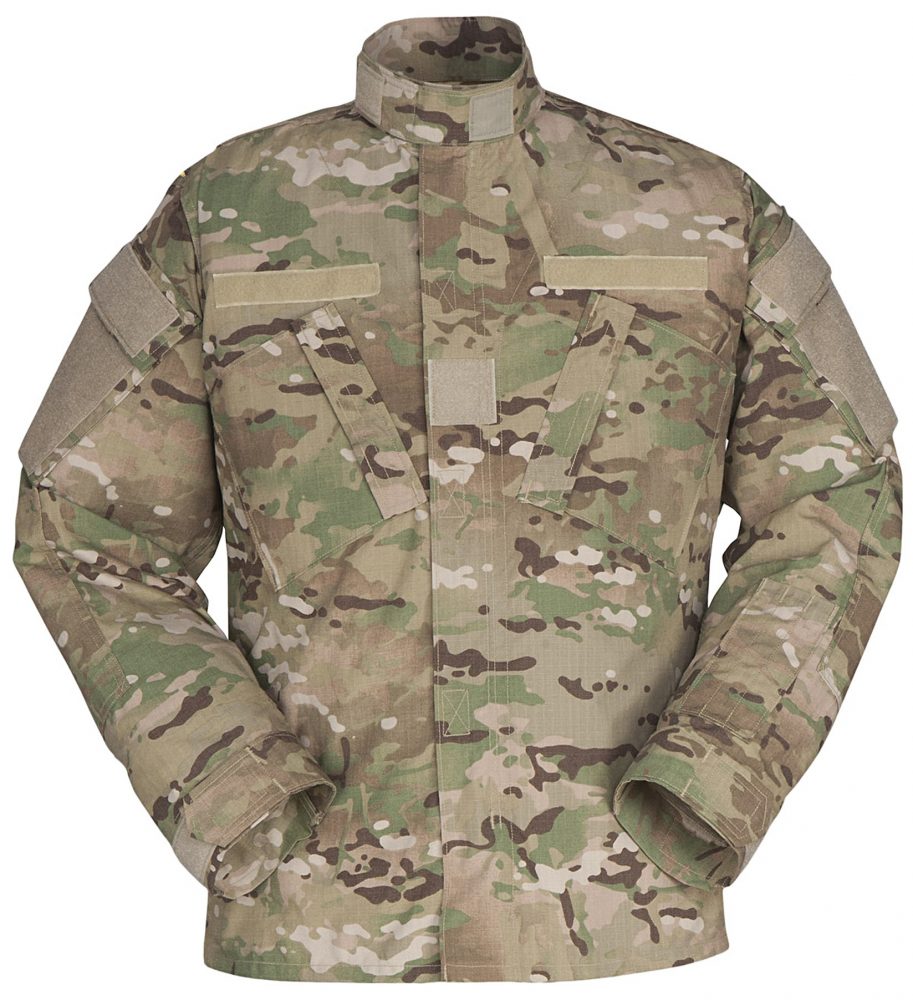
PROPPER FR ACU
Propper International has been making high-quality uniforms and apparel for military, law enforcement, and public safety professionals since 1967. Sewn to military specification FQ/PD 07-13A, the Propper? FR ACU (Army Combat Uniform) Coat and Trouser feature TenCate Defender™ M with Lenzing FR® fabric construction. It is flame-resistant, fast-drying, and comfortable, and exceeds ASTM D 6413-99 flame-resistant standards. The fabric is fade, shrink and wrinkle resistant and NIR compliant. Felled seams are utilized throughout for enhanced durability. Both coat and trouser include a square marker to identify the garment as fire resistant. The Propper FR ACU is available only in MultiCam?. It is approved for active-duty use by the U.S. Army.
The Propper FR ACU Coat features a mandarin-style collar that can be worn up or down, two tilted chest pockets with hook & loop closure, drain holes in bellowed pockets, and covered two-way zipper front with cloth pull, bi-swing back for improved range of motion, two upper-arm pockets with loop-facing patch for insignia, three-channel pen pocket on left sleeve, external opening for elbow pads, and adjustable hook & loop closure at sleeve cuffs.
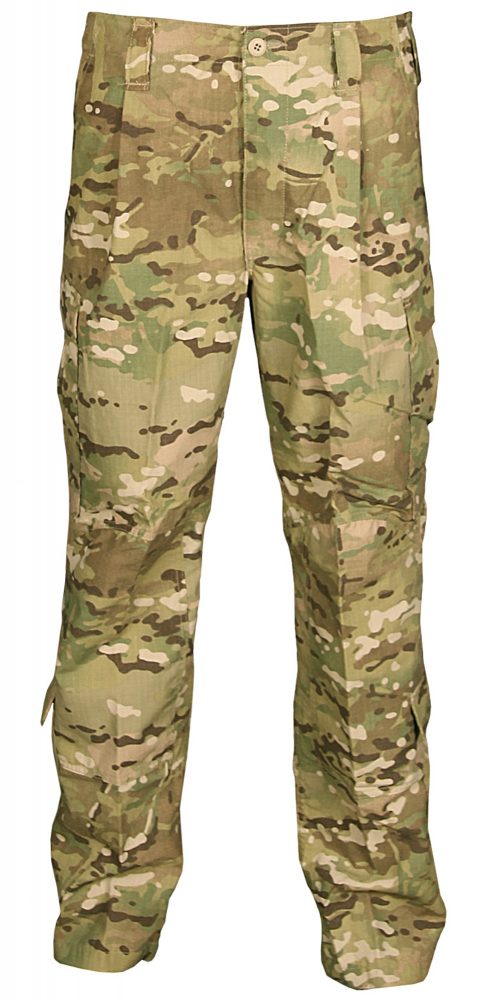
The Propper FR ACU Trouser features a drawstring waist for quick and secure fit, reinforced seat, and button fly. It has an eight-pocket design with two tilted cargo pockets with button flaps, two shin-high cargo pockets with hook & loop closure, and two back pockets with button flaps. There are external openings for knee pads with hook & loop closure, drain holes in bellowed pockets, and durable drawstring leg closures.
DRIFIRE TACTICAL/MILITARY PRODUCTS
DRIFIRE is a leading brand of FR fabrics and work wear. DRIFIRE’s product line ranges from ultra-lightweight, next-to-skin shirts and bottoms that feel as soft as your favorite t-shirt, to durable combat-ready ensembles and flight suits offering comfort and protection that won’t wash or wear out over time. DRIFIRE garments can also be layered to achieve greater levels of FR protection without compromising comfort. For all of these garments, MultiCam is in stock and other colors are made to order.
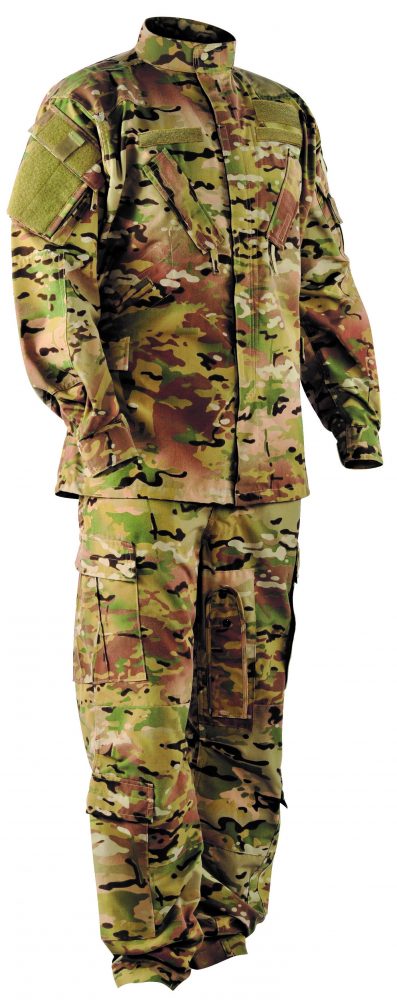
The DRIFIRE FORTREX™ two-piece Flight Suit features permanent flame resistance and moisture management properties. The flexible two-piece ensemble increases air flow, and the unique design features reduce binding, increase range of motion, and reduce snag hazards. It has secure storage pockets and chest pockets designed for easy access, even when worn under body armor. Upper arm pockets have a dual-access compartment and improved pen pocket design. Velcro cuffs on wrists and ankles offer adjustable fit and minimize rotor distortion. Adjustable Velcro waist tabs provide for customized fit. Velcro and zipper closures on pant pockets give added security. The two-piece suit has antimicrobial protection to resist odor and improve overall hygiene.
The DRIFIRE Combat Shirt features permanent inherent flame resistance that is moisture wicking and fast drying to help regulate skin temperature. DRIFIRE knit fabric provides superior next-to-skin comfort, even when worn under body armor. DRIFIRE woven fabric on the sleeves provides FR protection and greater durability.
The DRIFIRE Combat Shirt also has full Velcro neck closure, raglan sleeves with comfort lining in the shoulder for no-rub comfort, angled pockets on the sleeves for easy access, and a convenient integrated impact-resistant elbow-pad system that helps prevent joint injuries. Other features include abrasion-resistant elbow fabric for increased durability, and Velcro cinches at the cuffs for a customized fit. The fabric is antimicrobial to resist odor. Pads are included.
The DRIFIRE Combat Pant features DRIFIRE fabric construction that provides permanent, no-melt, no-drip FR protection with superior wicking, fast-drying, and antibacterial odor control. The pant has hidden thigh vents to cool the femoral artery. Stretch woven inserts increase flexibility.
The DRIFIRE Combat Pant has removable impact-resistant kneepads. SuperFabric increases durability and traction. The pant has thigh, cargo and back welt pockets designed for maximum accessibility, and a padded comfort waistband that accommodates tactical belting systems. The pant has back tabs to secure kneepads into position and ankle tabs for a customized fit. Pads are included.
NEED FOR FR UNIFORMS
The current level of threat against law enforcement nationwide has never been greater. International and domestic terrorism is a persistent threat faced by all Americans. The IED has changed the U.S. military. It’s an unfortunate reality that domestic first responders must now contend with as well. It’s essential for agencies to take a proactive approach in providing increased levels of protection against all types of attack. FR clothing is an integral part of that.
[The appearance of U.S. Department of Defense (DoD) visual information herein does not imply or constitute DoD endorsement.]
SOURCES
DRIFIRE
(800) 553-0672
www.drifire.com
PROPPER INTERNATIONAL
(636) 685-1000
www.propper.com

